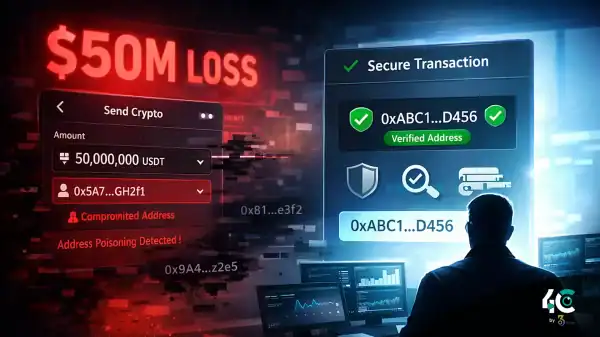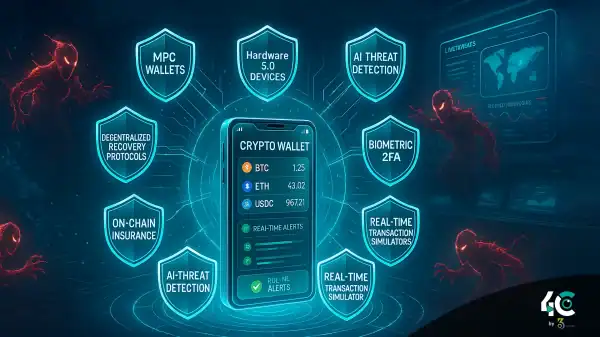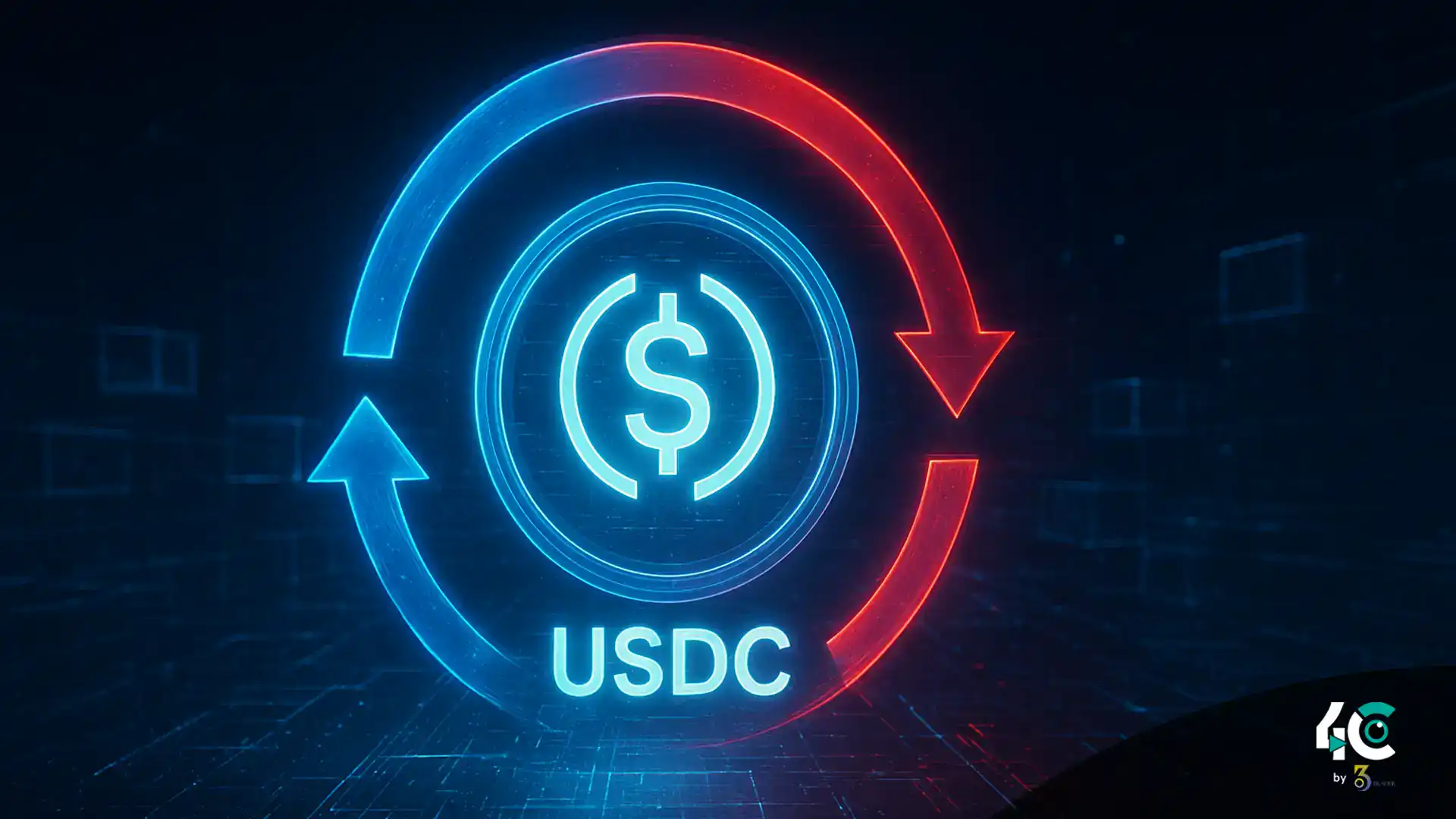💡 Circle Thinks About Reversible Stablecoin Transactions
Circle – the second-largest stablecoin issuer in the world – is investigating mechanisms that could allow certain cryptocurrency transactions to be reversed in case of fraud or hacks. This challenges the classic blockchain principle that confirmed transactions are final and immutable.
The president of Circle, Heath Tarbert, told the Financial Times that the company is evaluating options to allow reversibility while maintaining settlement finality.
“If you can transfer it instantly, there’s a certain tension or inherent tension with it being irreversible,” Tarbert said.
⚖️ Are Crypto Principles User-Friendly?
Proponents of reversibility argue it protects scam victims and increases mainstream confidence in stablecoins like USDC. Critics, however, point to centralization risks: centralized authorities such as issuers or validators could potentially alter completed transactions.
In May, Cetus, a decentralized exchange, was hacked for over $220 million in value. Validators froze $162 million, which the Sui community later approved through a governance vote. Decentralized purists criticized this, while others hailed it as a step forward to protect users from hacks.
Also Read : US Lawmakers Demand SEC Explain Tron IPO, Trump-Linked Crypto Investments
🏦 Learning from Traditional Finance
Tarbert noted that although blockchain, stablecoins, and smart contracts have technical advantages over legacy systems, they lack traditional fraud-protection mechanisms.
Steven Van Winkle, partner at Dwayne (crypto compliance and advisory), emphasized that reversibility for fraud mitigation should rely on the consent of all involved parties.
The industry is moving toward institutional-grade stablecoin infrastructure that prioritizes compliance, security, and operational robustness.
🔗 Circle’s Arc Blockchain and Institutional Focus
Circle has introduced Arc, a layer-1 blockchain designed for enterprise payments and foreign exchange functions.
- Arc’s native token is TrueUSD (TUSD)
- Fireblocks provides custody and compliance
Public testing of Arc is scheduled for fall 2025, with a full launch expected before year-end. Arc is built to give banks and asset managers immediate access to a stablecoin-based money market, addressing calls for regulated, institutional-grade DeFi infrastructure.
🔄 Ability to Reverse as Functional Characteristic
Andrei Grachev of Falcon Finance stated that while immutability is key to crypto design, it does not reflect institutional practices.
“Reversibility isn’t a flaw. Anonymity can also be operational with smart contract rules, user consent, and onchain enforcement.”
Such mechanisms could allow refunds or cancellations in case of fraud or when permissioned settlement adjustments are needed.



































